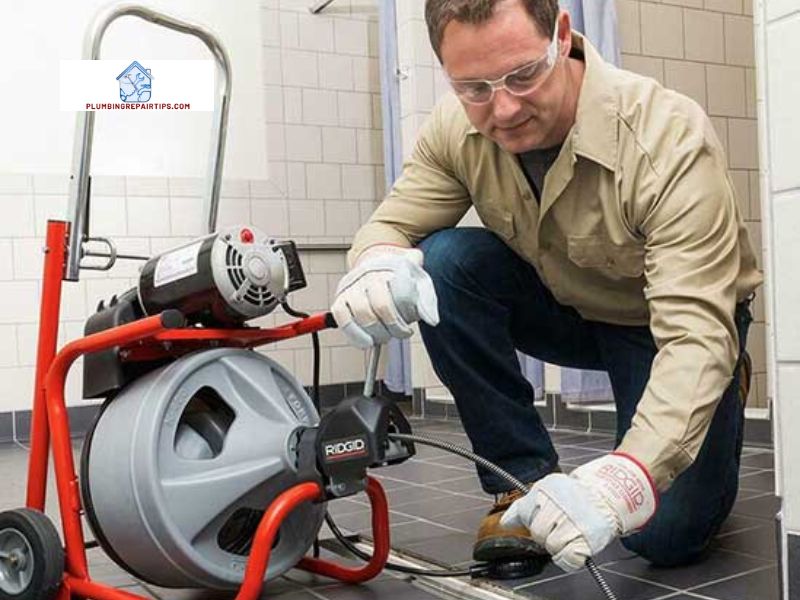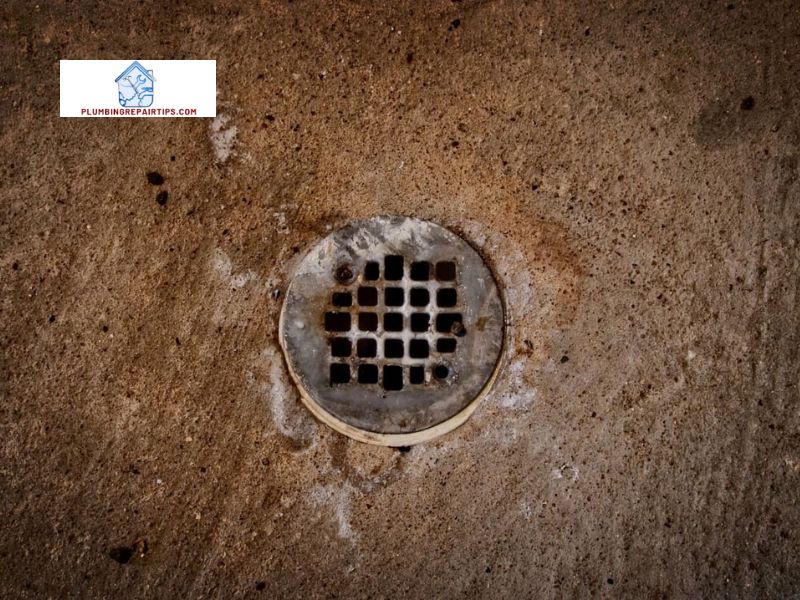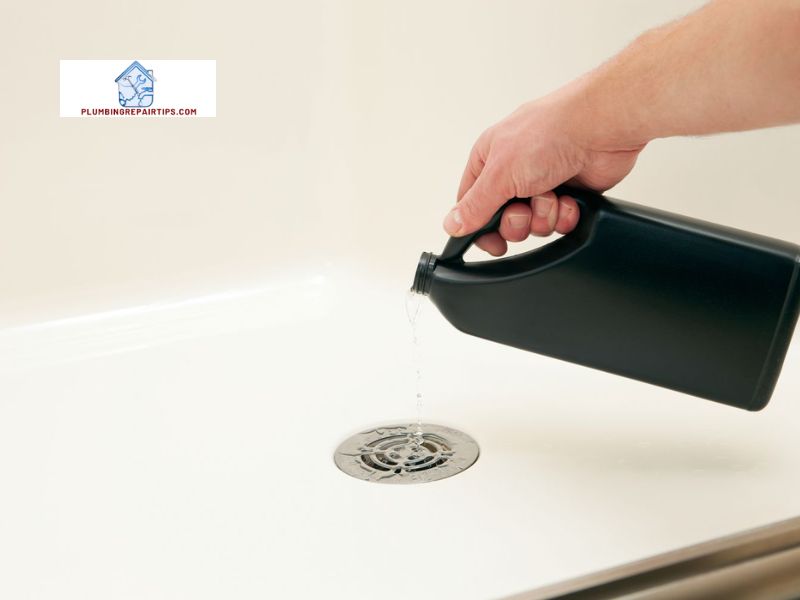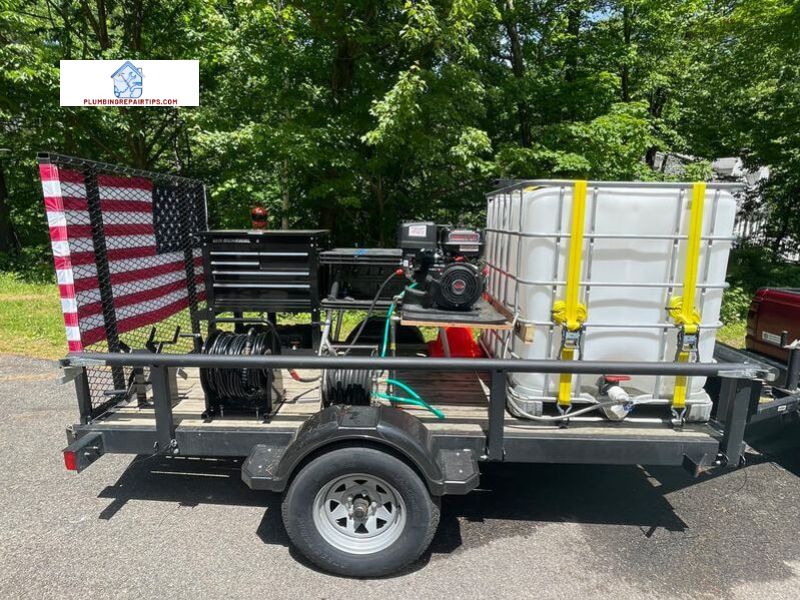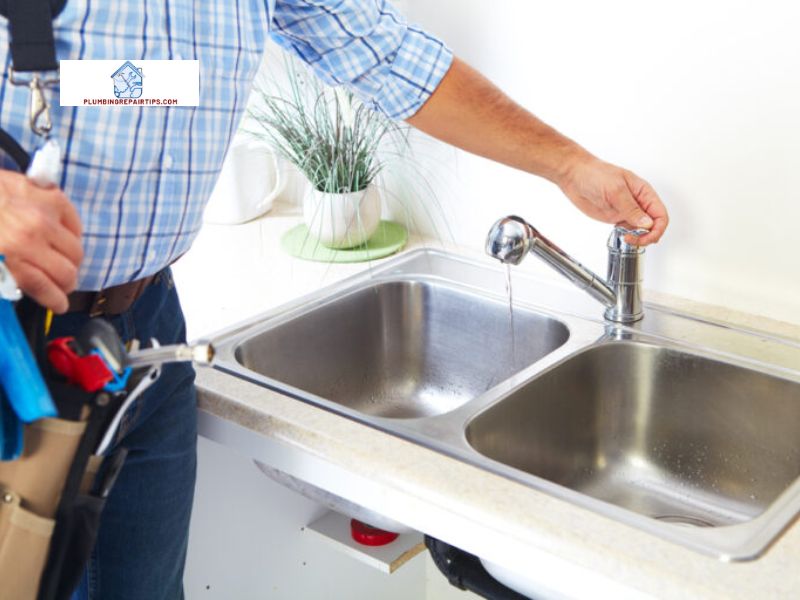Introduction

When was the last time you thought about the condition of your water softener? If you’re like most homeowners, it’s probably not high on your priority list. However, neglecting proper maintenance of your water softener can have dire consequences for your plumbing system and overall water quality. That’s where water softener cleaning comes in. In this article, plumbingrepairtips.com will explore the importance of regularly cleaning your water softener and the numerous benefits it offers.
A. Importance of Water Softener Cleaning
Imagine your water softener as the guardian of your plumbing system, tirelessly working to remove minerals that cause scale buildup and reduce the efficiency of your appliances. Over time, these minerals can accumulate within the resin tank, compromising its ability to effectively soften water. Regular cleaning is essential to prevent the buildup of mineral deposits and ensure your water softener functions optimally.
B. Benefits of Regular Maintenance
Now, you might be wondering, “Why should I bother with water softener cleaning?” Well, let me ask you this: Do you enjoy dealing with clogged pipes, decreased water pressure, and costly repairs? I didn’t think so. By investing a little time and effort into cleaning your water softener, you can avoid these headaches and unlock a host of benefits. Clean water softeners not only enhance the lifespan and efficiency of your plumbing system but also provide you with softer, cleaner water for all your household needs.
So, buckle up and get ready to learn how to clean your water softener like a pro. In the following sections, I’ll guide you through the signs that indicate your water softener needs cleaning, provide you with a step-by-step cleaning process, and share valuable tips for preventing future build-up and maintenance. Trust me, your plumbing system will thank you! Stay tuned for the next section where we explore the signs that your water softener needs cleaning.
Understanding Water Softeners
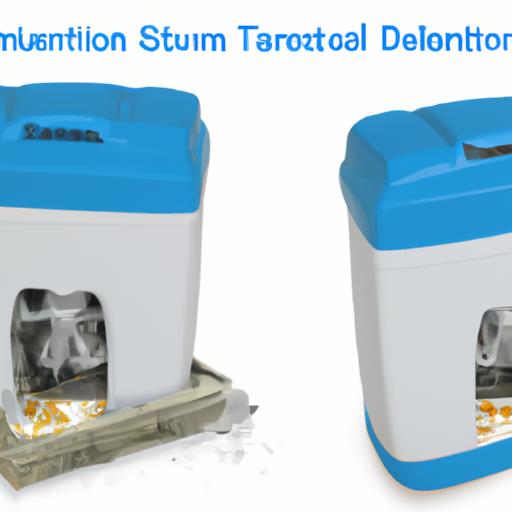
A. Explanation of How Water Softeners Work
Have you ever wondered how water softeners work their magic to provide you with soft water? Well, let me break it down for you. Water softeners operate on a simple yet ingenious principle called ion exchange. Inside the water softener, there are resin beads that are coated with a special substance called zeolite. These tiny beads attract and trap hard water minerals such as calcium and magnesium ions. In exchange, sodium ions from the water adhere to the resin beads, effectively softening the water that flows through your plumbing system.
B. Common Problems Faced by Water Softeners
While water softeners are designed to efficiently remove hard water minerals, they can encounter a few hiccups along the way. One common issue is the accumulation of mineral deposits within the resin tank. Over time, these deposits can coat the resin beads, reducing their effectiveness and compromising the overall performance of the water softener. Another problem is the build-up of salt and debris in the brine tank, which can hinder the regeneration process and lead to inefficient softening.
C. Importance of Cleaning for Optimal Performance
Regular cleaning is the key to maintaining the optimal performance of your water softener. By cleaning the resin tank and brine tank, you can remove the accumulated mineral deposits and salt build-up, ensuring that your water softener functions at its best. Cleaning also helps prevent clogs and blockages, allowing for proper water flow and efficient softening. Remember, a clean water softener not only saves you money on repairs and replacements but also guarantees that you enjoy the full benefits of soft and clean water throughout your home.
Now that we’ve covered the basics of water softeners and their common problems, it’s time to delve deeper into the signs that indicate your water softener needs cleaning. In the next section, we’ll explore these signs, so you can take timely action and keep your water softener in top shape. Stay tuned!
Signs That Your Water Softener Needs Cleaning
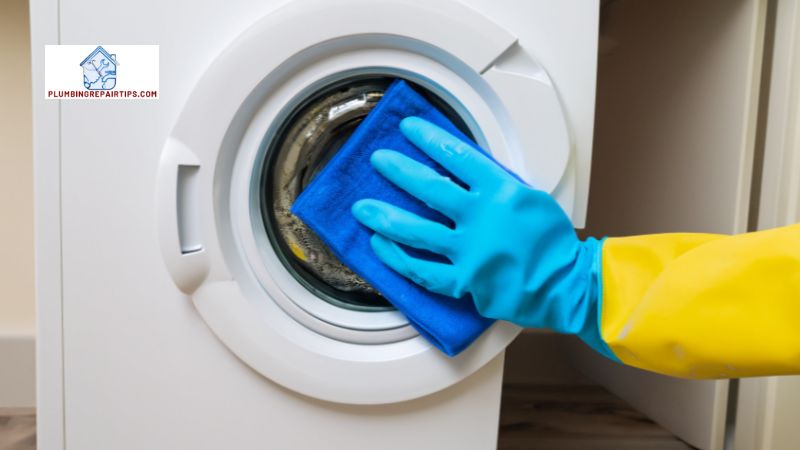
A. Decreased Water Pressure
Have you noticed a significant drop in water pressure throughout your home? If so, it could be an indication that your water softener is in dire need of cleaning. Over time, mineral deposits can accumulate within the resin tank, hindering the flow of water and reducing pressure. If you find yourself standing under a feeble trickle instead of a refreshing stream, it’s time to roll up your sleeves and give your water softener the attention it deserves.
B. Presence of Mineral Deposits
Take a moment to inspect your faucets, showerheads, and other fixtures. Do you notice a stubborn white residue coating these surfaces? This is a telltale sign of mineral deposits caused by untreated hard water. If your water softener isn’t functioning optimally, it fails to remove these minerals effectively, leading to unsightly and potentially damaging deposits. Cleaning your water softener will help eliminate these deposits and restore the shine to your fixtures.
C. Increased Salt Usage
Is your water softener guzzling salt like there’s no tomorrow? Excessive salt consumption is another red flag that your water softener is overdue for cleaning. When the resin tank becomes coated with mineral buildup, it hampers the regeneration process, forcing the water softener to work harder and use more salt to achieve the desired softness. By cleaning your water softener, you can restore its efficiency and reduce salt usage, saving you money in the long run.
D. Unpleasant Odor or Taste in Water
Do you detect a strange odor or taste in your tap water? This could be attributed to bacteria or algae growth within the brine tank or resin tank of your water softener. These unwanted guests thrive in neglected water softeners. By cleaning your water softener regularly, you can eliminate these odorous invaders and ensure your water tastes fresh and pure.
Now that you’re aware of the signs indicating your water softener needs cleaning, it’s time to delve into the step-by-step guide for cleaning your water softener. In the next section, I’ll walk you through the process, equipping you with the knowledge and confidence to tackle this essential maintenance task. So, let’s dive in!
Step-by-Step Guide for Cleaning Your Water Softener
So, you’ve recognized the signs that your water softener is in dire need of cleaning. Don’t worry, I’ve got you covered with a comprehensive step-by-step guide to ensure your water softener is squeaky clean and functioning at its best. Let’s dive in!
A. Gathering Necessary Materials and Tools
Before starting the cleaning process, it’s essential to gather all the materials and tools you’ll need. This includes safety gloves, a bucket, a hose, a soft brush or sponge, white vinegar or resin cleaner, a wrench, and a towel. Having everything prepared ensures a smooth and efficient cleaning operation.
B. Shutting off the Water Supply and Unplugging the Softener
To avoid any mishaps during the cleaning process, it’s crucial to shut off the water supply to your water softener. Locate the main water valve and turn it off. Additionally, unplug the water softener from its power source to ensure your safety.
C. Draining and Cleaning the Resin Tank
Now it’s time to tackle the resin tank, where the magic happens. Start by draining the water from the tank using the drain valve. Once empty, carefully remove the tank’s control head and inspect the resin bed for any signs of debris or discoloration. Gently clean the resin bed using a soft brush or sponge, ensuring you don’t damage the resin beads.
D. Cleaning the Brine Tank and its Components
Next up is the brine tank, which requires a thorough cleaning to prevent salt buildup. Remove any remaining water or salt from the tank, and then clean it using a mixture of water and vinegar or a recommended resin cleaner. Scrub the tank’s walls and components to remove any residue. Rinse the tank thoroughly with clean water to remove any cleaning solution remnants.
E. Reassembling and Restarting the Water Softener
With the resin and brine tanks sparkling clean, it’s time to reassemble the water softener. Carefully reattach the control head to the resin tank, ensuring all connections are secure. Once everything is in place, turn on the water supply and plug in the water softener. Allow the system to go through a regeneration cycle to ensure proper functioning.
F. Testing the System and Checking for Improvements
Last but not least, it’s time to put your freshly cleaned water softener to the test. Run some water through your faucets and check for improvements in water quality and pressure. If everything seems to be in order, congratulations! You’ve successfully cleaned your water softener and can now enjoy the benefits of clean, soft water.
Stay tuned for the next section, where I’ll share some valuable tips to prevent future build-up and maintain the cleanliness of your water softener.
Conclusion
In conclusion, water softener cleaning is not a task to be taken lightly. Regular maintenance is crucial to keep your water softener functioning optimally and to ensure the longevity of your plumbing system. By investing a little time and effort into cleaning your water softener, you can avoid the frustrations of clogged pipes, reduced water pressure, and costly repairs.
Remember, plumbingrepairtips.com is here to guide you through the process. By following the step-by-step guide and incorporating the tips provided, you can prevent future build-up and keep your water softener running smoothly. Regular inspections and cleanings, along with the use of high-quality salt and resin cleaners, will go a long way in maintaining the efficiency of your water softener.
Don’t overlook the importance of monitoring salt levels and regeneration cycles, as well as maintaining proper water pressure and flow rate. These simple practices will ensure that your water softener continues to deliver soft, clean water for all your household needs.
So, take charge of your water softener maintenance today and reap the benefits of cleaner, healthier water in your home. Trust me, your plumbing system will thank you, and you’ll enjoy the peace of mind that comes with knowing you’ve taken proactive steps to maintain your water softener. Cheers to clean water and a well-functioning plumbing system!
Remember, for more plumbing tips, tricks, and guidance, visit plumbingrepairtips.com – your go-to resource for all things plumbing. Stay tuned for more informative articles that will help you tackle any plumbing challenges that come your way. Happy cleaning!
